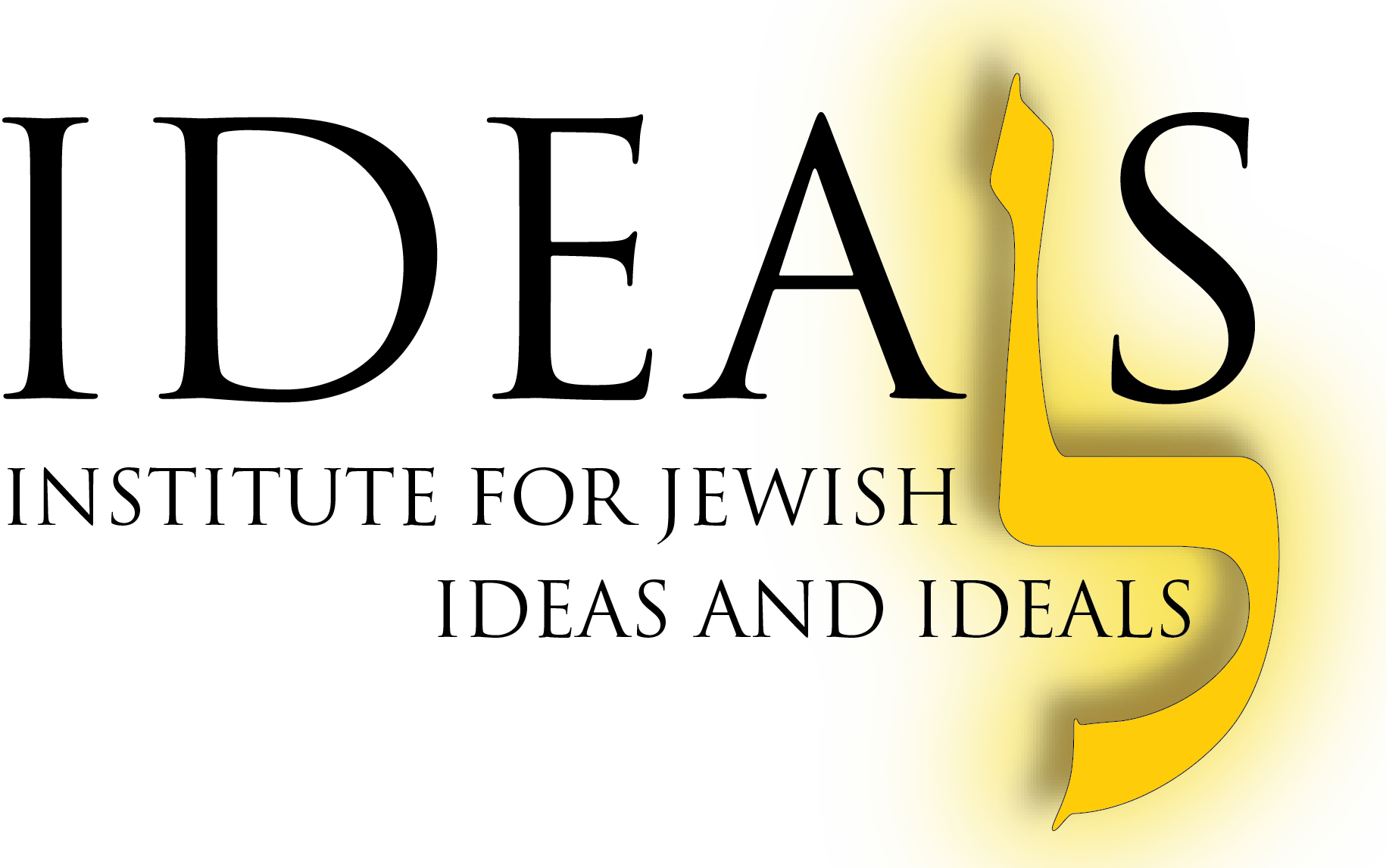A Review of "The Crown of Solomon and Other Stories"
The Crown of Solomon and Other Stories
By Marc D. Angel
Albion Andalus Books, 2014, 150 pages
This is prolific writer Rabbi Dr. Marc D. Angel’s second fictional book, following his much acclaimed and enjoyed novel “The Search Committee.” Several of the nineteen tales are based on true events. Many of the stories are set within Sephardic communities in Turkey, Rhodes and the United States.
“Betrayal and Redemption,” for example, looks at the relationship between a frail thirteen-year-old girl on the Island of Marmara, Turkey, and a Greek non-Jewish girl of similar age. The two have an excellent relationship. The story explores what happens during an Easter week pogrom and afterwards.
